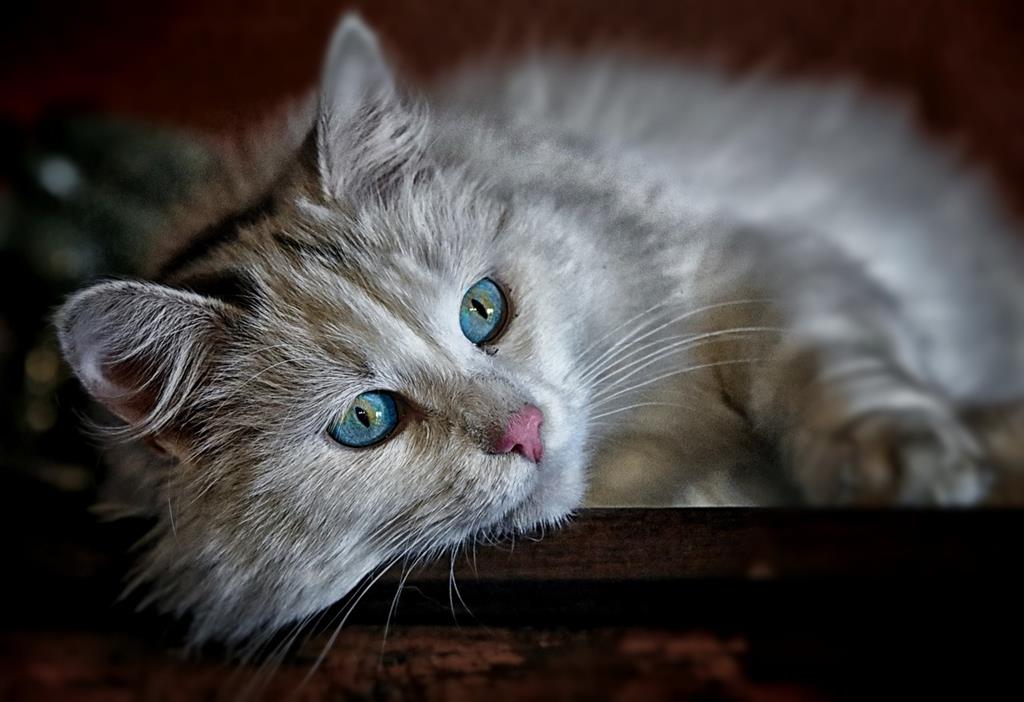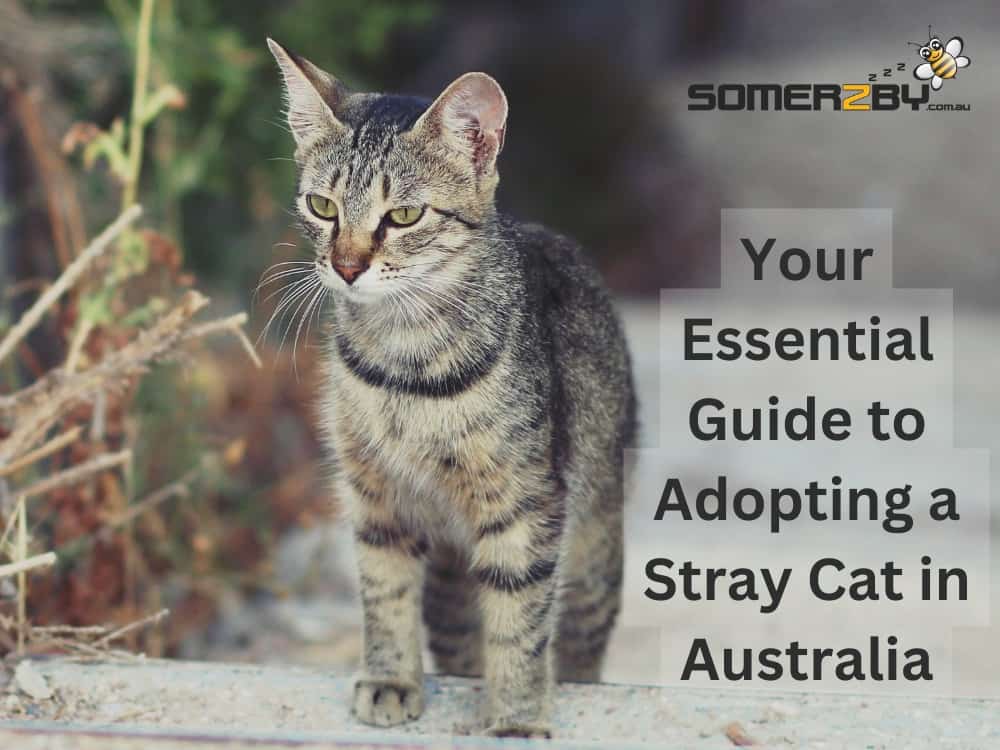Feral cat trust signals are relaxed posture, eye contact, purring, slow blinking, and more. Build a bond with feral cats using patience and understanding.
Building a bond of trust with a feral cat is a rewarding and heartwarming experience. Feral cats, known for their elusive nature, have the ability to form connections with humans over time. Earning the trust of a feral cat requires patience, respect, and understanding. In this article, we’ll explore the subtle signs that indicate a feral cat is beginning to trust you and consider the importance of nurturing this unique relationship.
Signs a feral cat trusts you
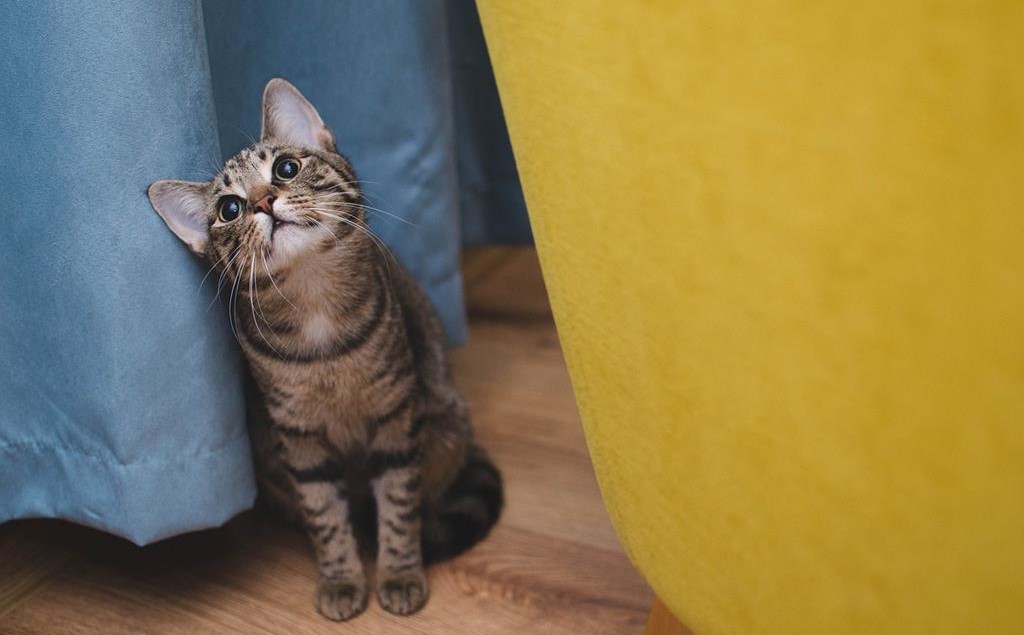
1. Gradual Approach
Feral cats are naturally cautious and wary of human interaction. One of the first signs that a feral cat is starting to trust you is a gradual change in its behavior. If the cat allows you to be near without fleeing, it’s a positive indication that it’s becoming more comfortable in your presence.
2. Relaxed Posture
As trust grows, you may notice the feral cat adopting a more relaxed posture around you. Instead of crouching low or keeping its tail tucked, the cat might begin to stand with a more neutral stance and hold its tail at a normal height.
3. Slow Blinking
Slow blinking is a universal sign of relaxation and trust in the feline world. When a feral cat blinks at you slowly, it’s akin to a friendly greeting. If the cat responds positively to your slow blinks, it’s a promising sign that your relationship is progressing.
4. Showing Vulnerability
Cats are vulnerable animals by nature, and a feral cat displaying vulnerability in your presence indicates a level of trust. This could manifest as lying down, exposing its belly (even if it’s not asking for a belly rub), or closing its eyes while you’re nearby.
5. Approaching for Food
If a feral cat approaches you when you offer food, it’s an indicator that it associates your presence with something positive. Over time, this behavior can evolve from solely associating you with food to associating you with comfort and security.
6. Vocalization and Purring
Feral cats may gradually become more vocal and expressive around you. Soft meowing, trilling, and even purring are signs of their increasing comfort and trust. Keep in mind that feral cats might not be as vocal as domesticated cats, so even small changes in vocalization are significant.
7. Allowing Touch (If Ever)
Perhaps the most profound sign of trust from a feral cat is when it allows you to touch or pet it. This is a milestone that can take a long time to achieve and should only be pursued if the cat initiates the interaction. If a feral cat ever permits touch, it’s a testament to the bond you’ve nurtured.
8. Spending Time in Your Presence
As trust solidifies, you might find the feral cat choosing to spend more time near you. It could rest or nap nearby while keeping an eye on you, which signifies a growing sense of security in your presence.
Cuddling with a feral cat
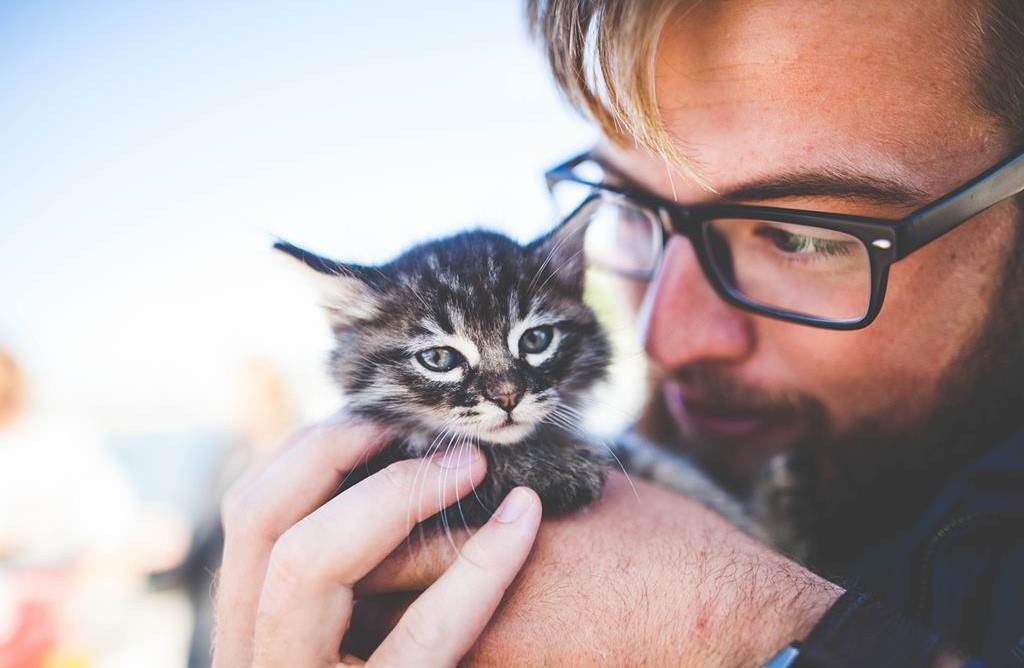
Cuddling with a feral cat can be a more challenging step, as it requires trust-building and patience. Here are some actions to take when attempting to cuddle with a feral cat:
-
Gradual Approach: Start by sitting or lying down near the cat without making any sudden movements. Allow the cat to approach you on its terms. Avoid making direct eye contact, as this can be intimidating for feral cats.
-
Offer Space: Ensure the cat has an escape route and isn’t cornered. Feral cats may become frightened if they feel trapped.
-
Speak Softly: Use a calm and gentle tone when speaking to the cat. Soft, soothing words can help create a sense of security.
-
Extend Your Hand: Slowly extend your hand towards the cat, allowing it to sniff your fingers. This is a way for the cat to get familiar with your scent.
-
Treats and Rewards: Use treats as positive reinforcement. Offer treats when the cat comes closer to you or allows you to touch it. This creates a positive association with your presence.
-
Respect Boundaries: Pay close attention to the cat’s body language. If it shows signs of stress, fear, or aggression (such as hissing, growling, or swatting), back off and give it space.
-
Patience: Building trust with a feral cat can take time, sometimes weeks or even months. Be patient and let the cat set the pace for interactions.
-
Gradual Touching: Once the cat is comfortable with your presence, try gently petting it on its back or chin. Avoid touching sensitive areas like the belly, as most cats, feral or not, may not appreciate this.
-
Provide Safe Shelter: If possible, provide a shelter or a secure hiding spot where the cat can retreat to when it feels uneasy. This will make the cat more willing to come out and interact with you.
-
Consistency: Maintain a consistent routine of feeding, treats, and interaction. This helps build a sense of predictability and trust for the feral cat.
Remember that every feral cat is unique, and some may be more receptive to human interaction than others. It’s crucial to respect their boundaries and not force any form of contact. Over time, with patience and care, you can build a bond of trust with a feral cat.
How long does it take to gain the trust of a feral cat?
Gaining the trust of a feral cat can vary significantly from one cat to another. It depends on several factors, including the cat’s age, previous experiences with humans, and its individual temperament. Here are some general guidelines:
1. Quick Trust:
In some cases, particularly with young feral kittens, trust can be established relatively quickly, often within a few days or weeks. Kittens are more adaptable and may become socialized faster if they have positive interactions with humans at an early age.
2. Moderate Trust:
With adult feral cats, it typically takes longer. It may take several weeks or even several months of consistent, patient efforts to build trust. The time required can vary greatly depending on the cat’s past experiences and its natural disposition.
3. Challenging Cases:
Some feral cats may remain wary and skittish around humans for an extended period, and in rare cases, they may never fully trust people. These are often referred to as “semi-feral” cats, and while they may not become lap cats, they can still have a better quality of life with regular care and socialization efforts.
4. Individual Variability:
It’s important to remember that each feral cat is unique. Some may surprise you with their rapid progress, while others may require more time and patience. Trust-building is not a one-size-fits-all process.
Consistency, patience, and a gentle approach are key to gaining the trust of a feral cat. Be prepared for setbacks and be willing to adapt your approach based on the cat’s responses. Remember that even if a feral cat never becomes fully domesticated, providing regular food, shelter, and medical care can still greatly improve its quality of life and help it become more comfortable around humans over time.
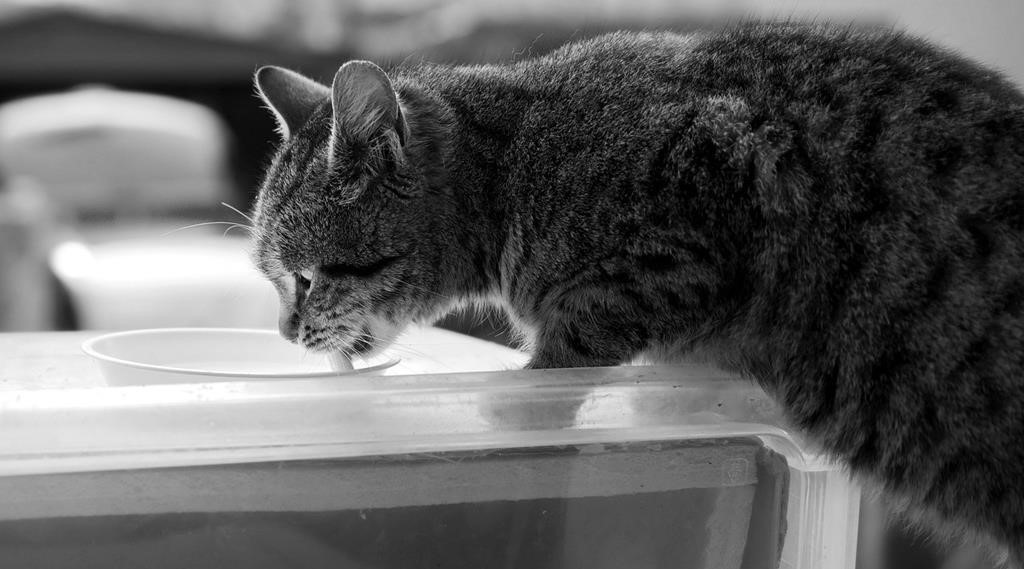
How do you regain the trust of feral cats after you’ve put them through Trap-Neuter-Return
Regaining the trust of feral cats after a Trap-Neuter-Return (TNR) procedure can be challenging, as the experience of trapping and medical intervention can be traumatic for them. However, it is possible to rebuild trust with patience and consistent positive interactions. Here are some steps to help regain the trust of feral cats post-TNR:
-
Give Them Space and Time: After the TNR procedure, return the cats to their original location as soon as they are medically cleared and no longer need to be confined. Provide them with a safe, quiet space where they can recover from the surgery without further stress.
-
Continue to Provide Food: Maintain a consistent schedule for feeding them in the same location as before. This reinforces their association of you with a source of sustenance.
-
Use Gentle Body Language: When you approach the cats, move slowly and avoid making sudden movements or loud noises. Sit or crouch down rather than looming over them, which can be intimidating.
-
Speak Softly: Use a calm, soothing voice when you are near them. Feral cats can be sensitive to loud or aggressive sounds.
-
Offer Treats: Treats can be a helpful tool for rebuilding trust. Initially, toss treats a short distance away from you to encourage them to come closer. Gradually, you can place treats closer to you.
-
Play It Cool: Avoid direct eye contact, which can be seen as a threat in cat language. Instead, blink slowly at them, which is a sign of trust in feline communication.
-
Use Scent: You can try rubbing your hands on a piece of fabric and leaving it in their area. This can help them become familiar with your scent.
-
Gradual Approach: Over time, you can try sitting closer to them and extending your hand toward them. Allow them to approach you at their own pace. Avoid sudden movements or attempts to touch them until they seem more comfortable.
-
Respect Their Boundaries: Pay attention to their body language. If they show signs of stress or discomfort, back off and give them space.
-
Consistency is Key: Continue to visit and provide food on a regular schedule. Regaining trust can take time, so be patient and persistent in your efforts.
Remember that not all feral cats will become completely comfortable with human interaction, but with time and patience, you can often improve their tolerance and reduce their fear. The goal is to provide them with a better quality of life, even if they never become fully socialized cats.
Here’s a simple chart with signs that indicate a feral cat is starting to trust you:
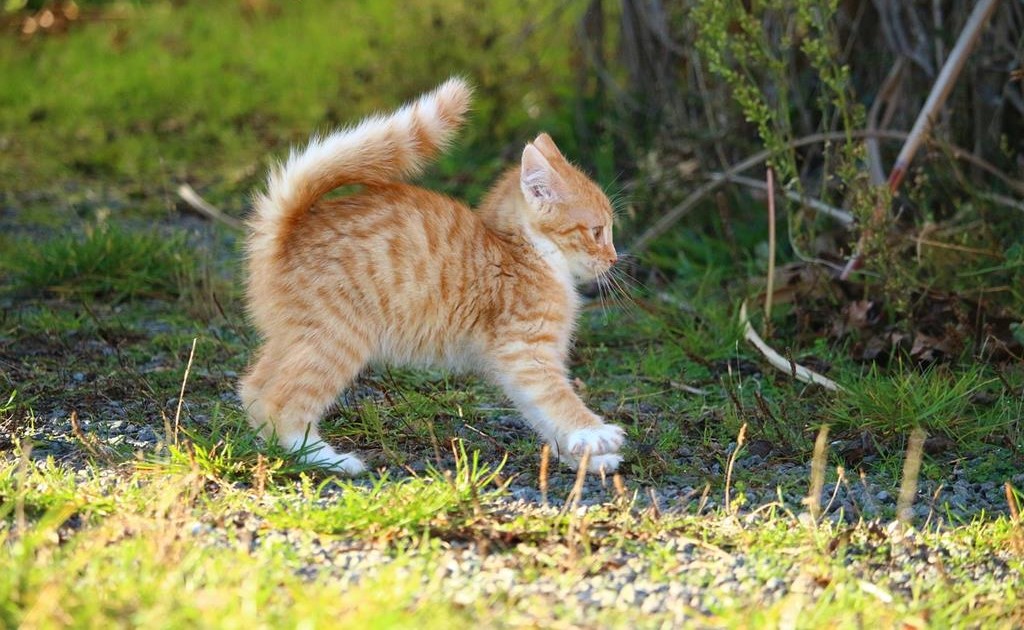
| Signs a Feral Cat Trusts You | Description |
|---|---|
| 1. Approaches You Cautiously | The cat may come closer to you without immediately fleeing. |
| 2. Relaxed Body Language | The cat’s body appears less tense, with relaxed posture. |
| 3. Slow Blinking | The cat may blink slowly at you, a sign of trust in cat language. |
| 4. Tail Held Up or Purring | A raised tail or purring can indicate comfort and trust. |
| 5. Allows Gentle Petting | The cat permits you to pet it, particularly around the head and neck. |
| 6. Accepts Treats From Your Hand | It takes treats directly from your hand without hesitation. |
| 7. Remains Calm in Your Presence | The cat doesn’t hiss, growl, or show signs of aggression. |
| 8. Stays Near You During Feedings | It feels secure enough to eat while you’re nearby. |
| 9. Curiosity About Your Activities | Shows interest in what you’re doing without fear. |
| 10. Allows Handling for Medical Care | Trusts you enough to be handled for health check-ups or grooming. |
Aggressive behaviors management when working to earn the trust of feral cats
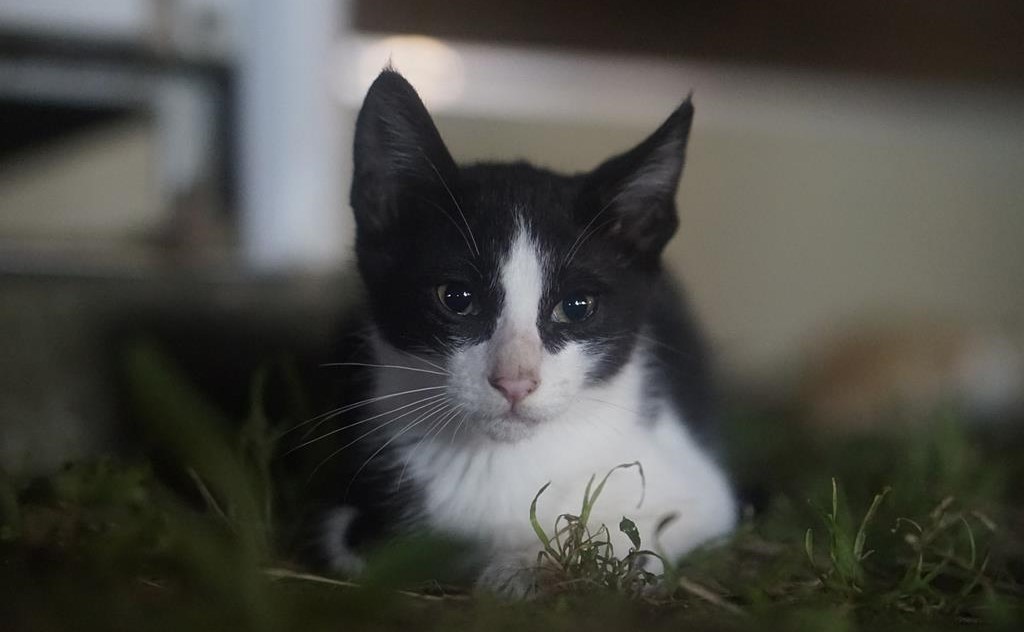
Feral cats, due to their wild and independent nature, can sometimes exhibit aggressive behaviors when they feel threatened, cornered, or are in a high-stress situation. It’s important to be cautious and aware of potential aggressive behaviors when working to earn the trust of feral cats. Here are some aggressive behaviors to watch out for:
-
Hissing and Growling: Feral cats may hiss and growl as a warning when they feel scared or cornered. This is a clear sign of discomfort, and it’s best to back off and give them space.
-
Swatting and Scratching: If a feral cat feels threatened, it may swat at you with its claws or attempt to scratch. This is a defensive reaction, and it’s essential to avoid making sudden movements that might trigger this response.
-
Biting: Biting is a more severe form of aggression and can occur if a feral cat feels extremely threatened or cornered. It’s crucial to avoid putting yourself in a situation where you could be bitten, as cat bites can lead to infections.
-
Flattened Ears and Raised Fur: When a feral cat’s ears are flattened against its head and its fur is raised, it’s a sign of extreme agitation. Approach with caution or back away until the cat calms down.
-
Tail Lashing: Rapid tail lashing can indicate that the cat is agitated or stressed. It’s a sign to give the cat space and reduce any potential stressors.
-
Backing into a Corner: If a feral cat feels trapped or cornered, it may become more aggressive as a defense mechanism. Always provide an escape route to prevent this situation.
-
Avoiding Eye Contact: Some feral cats may avoid eye contact as a way to communicate their discomfort. Staring directly at a cat can be seen as a challenge and may lead to aggression.
How to minimize the risk of aggressive behavior from feral cats:
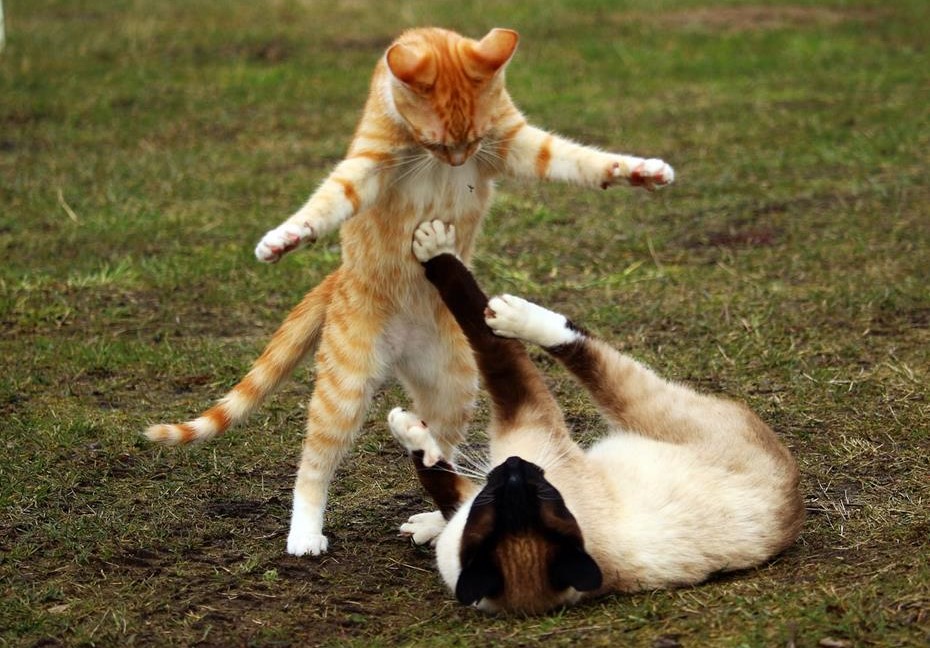
- Approach Slowly: Make slow and deliberate movements when near the cat to avoid startling them.
- Maintain a Safe Distance: Give the cat plenty of space to feel comfortable and allow it to approach you at its own pace.
- Use Protective Gear: If you need to handle a feral cat for medical or safety reasons, consider using gloves and protective clothing to reduce the risk of scratches or bites.
- Stay Calm and Quiet: Keep your voice low and soothing, and avoid sudden noises or gestures that might startle the cat.
Remember that trust-building with feral cats takes time and patience. It’s crucial to prioritize the safety and well-being of both yourself and the cat throughout the process. If a feral cat’s aggression continues or poses a significant risk, it may be best to seek assistance from a professional animal behaviorist or a local animal rescue organization experienced in handling feral cats.
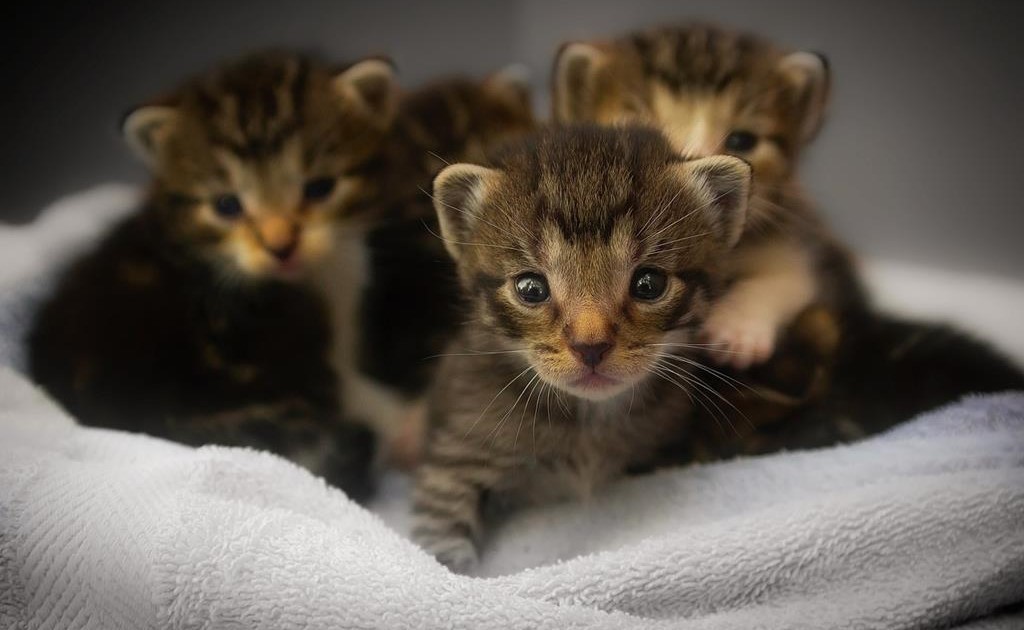
(FAQs) About Feral Cats:
-
What is a feral cat?
- A feral cat is a domestic cat that has reverted to a wild or semi-wild state. Unlike stray cats, which may have been pets at some point, feral cats have had little to no human socialization and often live independently outdoors.
-
How do feral cats survive in the wild?
- Feral cats survive by hunting for food, finding shelter in natural or man-made structures, and forming loose social groups called colonies. They rely on their instincts and resourcefulness to adapt to their environment.
-
Are feral cats different from wildcats or wild species?
- Yes, feral cats are distinct from wildcats and other wild species. Feral cats are descendants of domesticated cats, whereas wildcats are undomesticated species like the African wildcat or bobcat. Feral cats exhibit behaviors and physical characteristics typical of domestic cats.
-
Is it possible to tame a feral cat?
- Taming a feral cat can be a challenging and time-consuming process. While some feral kittens can be socialized if caught early enough, adult feral cats are often less receptive to human interaction. Patience, gentleness, and consistent effort are essential when attempting to tame a feral cat.
-
Why are feral cat colonies a concern?
- Feral cat colonies can become a concern for several reasons. They can pose a threat to local wildlife through predation, contribute to overpopulation if not spayed/neutered, and sometimes create nuisances in urban areas. Additionally, feral cats may be at risk of disease and injury.
-
What is TNR (Trap-Neuter-Return), and why is it used for feral cat populations?
- TNR is a humane method for managing feral cat populations. It involves trapping feral cats, spaying or neutering them, vaccinating them, and then returning them to their original location. This helps control the population while improving the cats’ health and preventing future litters.
-
How can I help feral cats in my community?
- If you want to assist feral cats in your area, consider contacting local animal welfare organizations or feral cat rescue groups. You can also participate in TNR efforts, provide food and shelter for feral cat colonies, and help educate your community about responsible cat ownership and the importance of spaying/neutering. Always consult with experts for guidance on feral cat care and management.
Conclusion
Earning the trust of a feral cat is a delicate and patient process, but the rewards are immeasurable. The signs that a feral cat trusts you are subtle and often involve changes in body language, behavior, and vocalization. Remember, building trust takes time, and each cat is unique.
The most important aspect of this journey is to approach the relationship with respect, understanding, and a willingness to let the cat set the pace. Through your dedication and kindness, you can forge a connection that not only benefits the cat but also enriches your own life in ways you might never have imagined.

